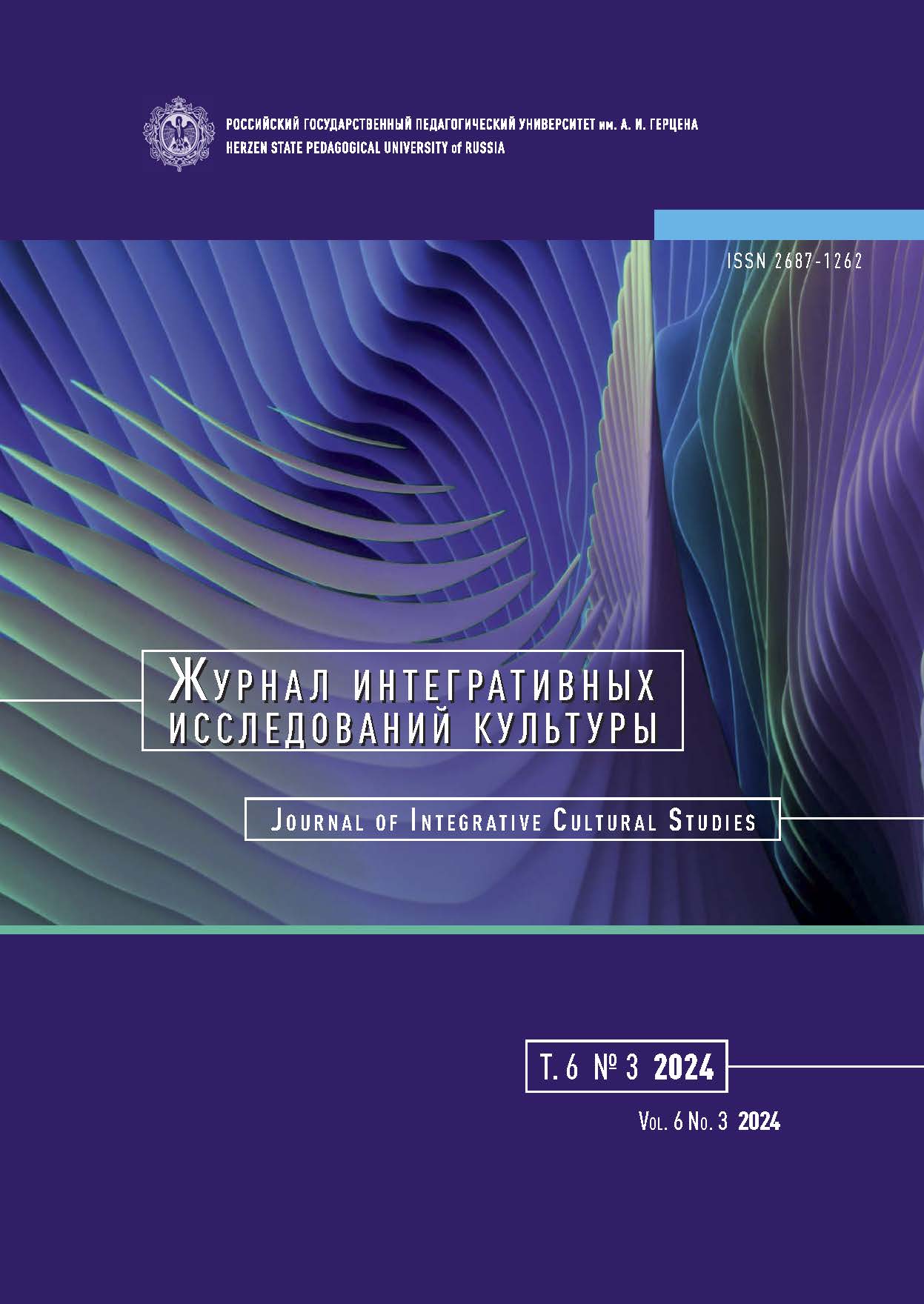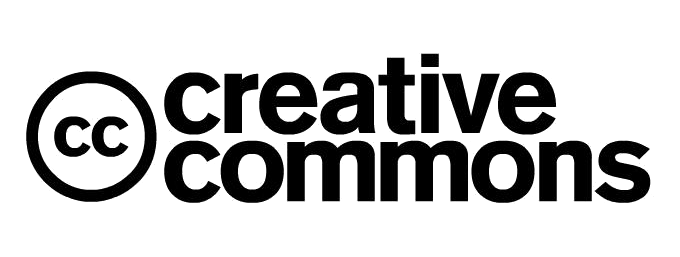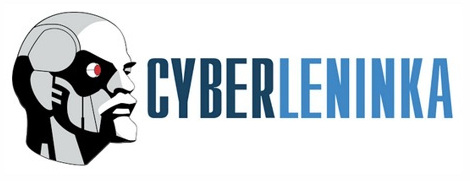Neo-Greek Style as a way to sacralize the folk past: Evidence from the Valhalla Temple
DOI:
https://doi.org/10.33910/2687-1262-2024-6-3-257-264Keywords:
neo-Greek, the Valhalla Temple, 19th century culture, romantic tendencies, eclecticism, cultural heritageAbstract
Art critics share a common perspective that the 19th century trend for ‘personalization’ destroyed the phenomenon of style. However, style is not a thing of the past. It is still here and has retained its significance as a tool that culture may use to expresses its desire for generalization and expression of large-scale trends, including those that explore the national idea. One of the styles that emerged in the New Age during the development of national states was Neo-Greek. Unlike the Empire style, which mainly personified the idea of an empire state with its militaristic spirit, the Neo-Greek style was reminiscent of Ancient Greece as the ‘cradle’ of European culture, which was perceived as the center of not only military and political, but also scientific, philosophical, and artistic activity. The article focuses on the Valhalla, the outstanding monument of Neo-Greek architecture erected in the vicinity of Regensburg by the architect Leo von Klenze. The Valhalla celebrates those who made a substantive contribution to the development of German statehood and culture. Their list is not limited to the representatives of the German ethnic group alone, which emphasizes the national character of the ‘pantheon’. In search of the grounds for national unification, the European peoples of the New Age often turned to the past, which was interpreted in a sublime key, idealized and even sacralized. At the same time, the object of worship could be of religious or secular nature. The Valhalla is a striking example of the sacralization of the idea of state embodied in the ancient Greek version, i. e., versatile, universal, culture-centric, and balanced. The meaning and forms of the Neo-Greek style are no less relevant today when national consolidation stands high on the agenda, including that of Russia.
References
ИСТОЧНИКИ
Ферстер-Ницше, Э., Гаст, П. (ред.). (2016) Воля к власти. Опыт переоценки всех ценностей (черновики и наброски из наследия Фридриха Ницше 1883–1888 годов). М.: Культурная революция, 824 с.
СЛОВАРИ
Комлев, Н. Г. (2006) Словарь иностранных слов. М.: Эксмо, 669 с.
ЛИТЕРАТУРА
Каган, М. С. (2003) Введение в историю мировой культуры. Книга вторая. Становление, развитие и современное состояние персоналистского типа культуры: закономерности переходного этапа в Европе (XV–XVIII вв.); самоопределение нового типа культуры (ХIХ–ХХ вв.); проблема «Запад — Россия — Восток — Юг»; синергетический взгляд на перспективы развития мировой культуры в XXI в. СПб.: Петрополис, 320 c.
Колпинский, Ю. Д., Яворская, Н. В. (ред.). (1964) Всеобщая история искусств: в 6 т. Т. 5. Искусство 19 века. М.: Искусство, 872 с.
Ремеле, Т. В. Кишкинова, Е. М. (2017) Неогрек — стиль музеев. Universum: филология и искусствоведение, № 12 (46). [Электронный ресурс]. URL: https://7universum.com/pdf/philology/12(46)/Kiskinova.pdf (дата обращения 01.08.2024).
Хантингтон, С. Ф. (2003) Столкновение цивилизаций. М.: АСТ, 603 с.
Швидковский, Д. О. (2020) История архитектуры стран Европы XIX столетия. М.: Архитектура-С, 384 с.
Von Buttlar, A. (1992) Glyptothek, Pinakothek, Neue Eremitage — Klenzes immanenter Historismus. Jahrbuch der Kunsthistorischen Sammlungen in Wien, no. 88, pp. 39–52. https://doi.org/10.11588/artdok.00007749
Von Buttlar, A. (2007) “Germanische Tektonik”? Leo von Klenzes patriotische Interpretation des Klassizismus. In: A. Dorgerloh, M. Niedermeier, H. Bredekamp (eds.). Klassizismus — Gotik: Karl Friedrich Schinkel und die patriotische Baukunst. München; Berlin: Deutscher Kunstverlag Publ., pp. 279–293. https://doi.org/10.11588/artdok.00007888
Von Buttlar, A. (2014) Leo von Klenze. Leben, Werk, Vision. 2nd ed. München: C. H. Beck Publ., 512 p.
SOURCES
Förster-Nietzsche, E., Gast, P. (eds.). (2016) Volya k vlasti. Opyt pereotsenki vsekh tsennostej (chernoviki i nabroski iz naslediya Fridrikha Nitsshe 1883–1888) [The will to power. An attempt at revaluation of all values (drafts and outlines from the legacy of Friedrich Nietzsche in 1883–1888)]. Moscow: Kul’turnaya revolyutsiya Publ., 824 p. (In Russian)
DICTIONARIES
Komlev, N. G. (2006) Slovar’ inostrannykh slov. [Dictionary of foreign words]. Moscow: Eksmo Publ., 669 p. (In Russian)
REFERENCES
Huntington, S. P. (2003) Stolknovenie tsivilizatsij [The clash of civilizations]. Moscow: AST Publ., 603 p. (In Russian)
Kagan, M. S. (2003) Vvedenie v istoriyu mirovoj kul’tury. Kniga vtoraya. Stanovlenie, razvitie i sovremennoe sostoyanie personalistskogo tipa kul’tury: zakonomernosti perekhodnogo etapa v Evrope (XV–XVIII vv.); samoopredelenie novogo tipa kul’tury (XIX–XX vv.); problema “Zapad — Rossiya — Vostok — Yug”; sinergeticheskij vzglyad na perspektivy razvitiya mirovoj kul’tury v XXI v. [Introduction to the history of world culture. Book Two. Formation, development and current state of the personalistic type of culture: Patterns of the transitional stage in Europe (XV–XVIII centuries); self-determination of a new type of culture (XIX–XX centuries); the problem of “West — Russia — East — South”; a synergetic view of the prospects for the development of world culture in the XXI century]. Saint Petersburg: Petropolis Publ., 320 p. (In Russian)
Kolpinskij, Yu. D., Yavorskaya, N. V. (eds.). (1963) Vseobshchaya istoriya iskusstv: v 6 t. T. 5. Iskusstvo 19 veka [General history of art: In 6 vols. Vol. 5. Art of the 19th century]. Moscow: Iskusstvo Publ., 872 p. (In Russian)
Remele, T. V., Kishkinova, E. M. (2017) Neogrek — stil’ muzeev [Neogreek — style of museums]. Universum: filologiya i iskusstvovedenie, no. 12 (46). [Online]. Available at: https://7universum.com/pdf/philology/12(46)/Kiskinova.pdf (accessed 01.08.2024). (In Russian)
Shvidkovskij, D. O. (2020) Istoriya arkhitektury stran Evropy XIX stoletiya [History of architecture in Europe in the XIX century]. Moscow: Arkhitektura-S Publ., 384 p. (In Russian)
Von Buttlar, A. (1992) Glyptothek, Pinakothek, Neue Eremitage — Klenzes immanenter Historismus [Glyptothek, Pinakothek, New Hermitage — Klenze’s immanent historicism]. Jahrbuch der Kunsthistorischen Sammlungen in Wien, no. 88, pp. 39–52. https://doi.org/10.11588/artdok.00007749 (In German)
Von Buttlar, A. (2007) “Germanische Tektonik”? Leo von Klenzes patriotische Interpretation des Klassizismus [“Germanic tectonics”? Leo von Klenze’s patriotic interpretation of classicism]. In: A. Dorgerloh, M. Niedermeier, H. Bredekamp (eds.). Klassizismus — Gotik: Karl Friedrich Schinkel und die patriotische Baukunst [Classicism — Gothic: Karl Friedrich Schinkel and patriotic architecture]. München; Berlin: Deutscher Kunstverlag Publ., pp. 279–293. https://doi.org/10.11588/artdok.00007888 (In German)
Von Buttlar, A. (2014) Leo von Klenze. Leben, Werk, Vision [Leo von Klenze. Life, Work, Vision]. 2nd ed. München: C. H. Beck Publ., 512 p. (In German)
Downloads
Published
Issue
Section
License
Copyright (c) 2025 Yulia V. Lobanova, Ivan V. Fadeev

This work is licensed under a Creative Commons Attribution-NonCommercial 4.0 International License.
The work is provided under the terms of the Public Offer and of Creative Commons public license Creative Commons Attribution 4.0 International (CC BY 4.0).
This license permits an unlimited number of users to copy and redistribute the material in any medium or format, and to remix, transform, and build upon the material for any purpose, including commercial use.
This license retains copyright for the authors but allows others to freely distribute, use, and adapt the work, on the mandatory condition that appropriate credit is given. Users must provide a correct link to the original publication in our journal, cite the authors' names, and indicate if any changes were made.
Copyright remains with the authors. The CC BY 4.0 license does not transfer rights to third parties but rather grants users prior permission for use, provided the attribution condition is met. Any use of the work will be governed by the terms of this license.







